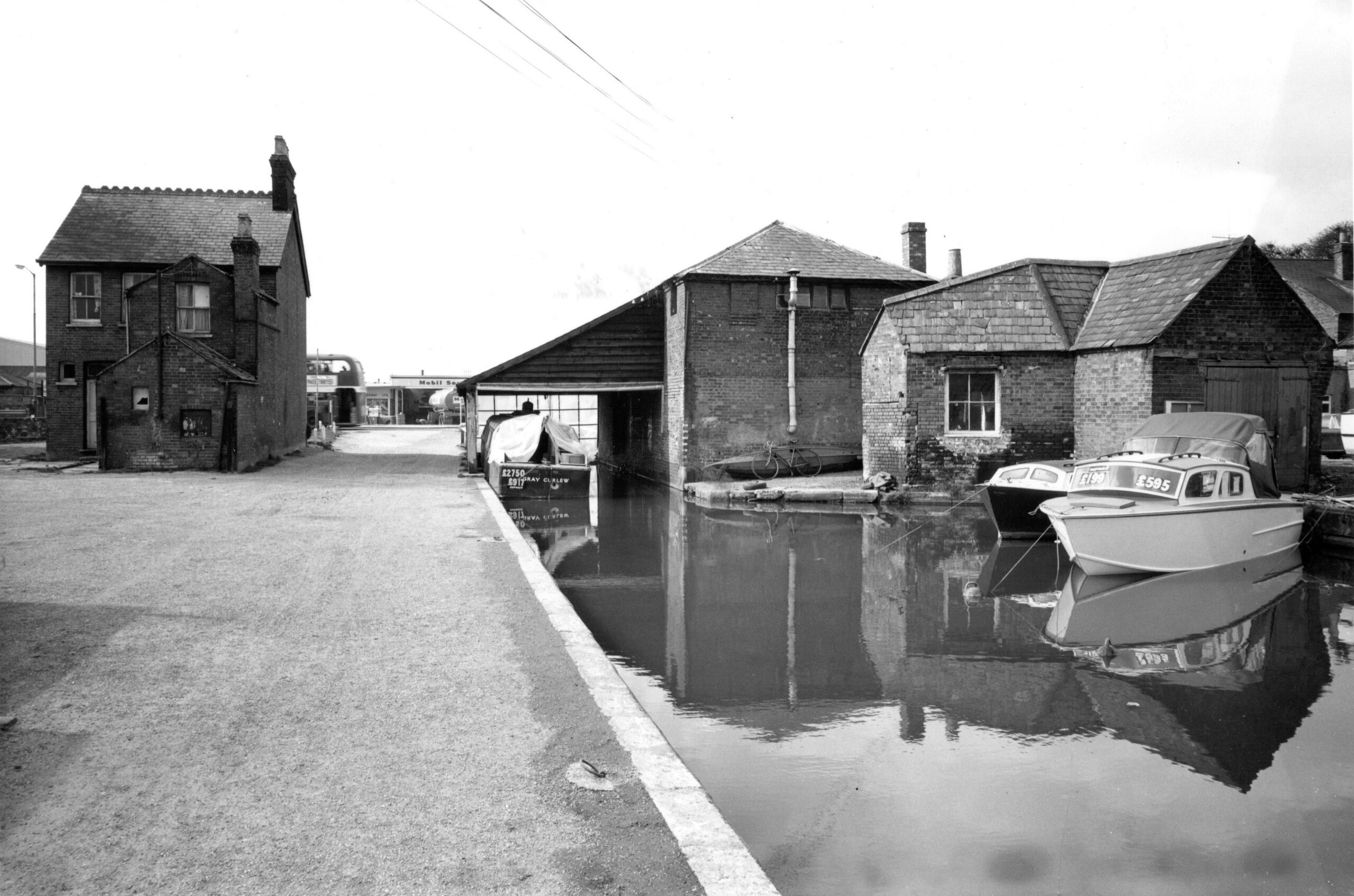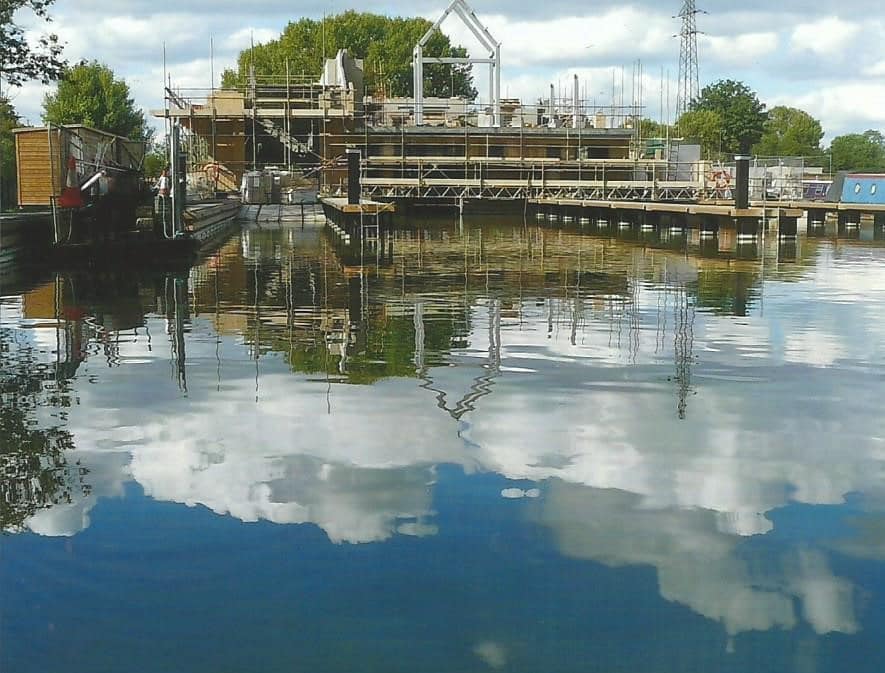A Waterway with Heart: The Story of the Aylesbury Arm
Beginnings: A Town That Wanted In
In the late 1700s, as canals crisscrossed England and transformed trade, Aylesbury faced a choice: connect or be left behind. The Grand Junction Canal was taking shape, linking Birmingham to London, and Aylesbury’s townsfolk were determined not to miss the boat. Plans for a branch line were approved in 1794, but it would take two decades of effort before the Aylesbury Arm finally opened in 1814.
Engineering the Arm
Stretching 6¼ miles from Marsworth Junction to Aylesbury, the new canal was no small undertaking. It descended through 16 locks, carefully laid by hand, and curved its way through peaceful farmland into the heart of the town. The waterway was both a lifeline and a symbol — proof that Aylesbury was open for business.
Life Along the Canal
For the next hundred years, the Aylesbury Arm thrived. Narrowboats laden with hay, grain, timber, coal, and malt glided along the water. Local breweries sent their beer to the capital, and supplies arrived to fuel the town’s growing industries. Boatmen and lock keepers knew every inch of the route, forming a working community that pulsed with quiet rhythm and steady hands.

The Slow Fade of Commerce
As the 20th Century unfolded, things began to change. Railways cut travel times, and lorries took to the roads. The canal, once bustling with cargo, saw fewer and fewer boats. By the 1930s, regular commercial Use had dwindled. In 1964, the last cargo boat slipped away from Aylesbury Basin, and with it went the canal’s working role.
Refusing to Be Forgotten
Even as weeds crept in and boats disappeared, the Aylesbury Arm endured. Thanks to local interest and grassroots efforts, it was never abandoned. Volunteers stepped in. Boaters returned — not for business now, but for leisure, curiosity, and love of the water. The canal began a quiet revival.


A New Chapter at Circus Field Basin
In 2003, the Aylesbury Canal Society moved to a new home at Circus Field Basin, just outside the town centre. This modern facility provides moorings, meeting space, and a base for restoring, maintaining, and celebrating the waterway’s legacy. It’s a place where the canal’s story continues — shaped by community, care, and commitment.
Today: A Living Link to the Past
Now, the Aylesbury Arm offers something quieter but no less meaningful: a towpath walk, a passing narrowboat, and reflections of trees and sky in still water. This isn’t just a relic—it’s a living connection to the people who built it, worked it, and never let it fade away.
Whether you’re stepping aboard for the first time or returning after years away, you’re part of a long and winding story — one that still flows gently through Aylesbury.

Aylesbury Canal History
Aylesbury lies just north of the Chiltern Hills and is a place of surprising contrasts. Extremely modern shopping areas complement Aylesbury Market, a part of the town’ life since the 13th Century. St Mary’s Church, which proudly stands above the town, lies in the ‘old town’ conservation area with its sleepy lanes and cottages.
Around every corner there’s a tale to be told – Henry VIII reputedly wooed Anne Boleyn at the King’s Head, Roald Dahl conjured up his classic children’s tales in the Aylesbury area, and his imaginative creations are now celebrated at the town’s County Museum and Roald Dahl Gallery.
In the cobbled Market Square stands the imposing statue of John Hampden – local hero and key figure in the defeat of the Royalists in the English Civil War
The new facilities building and club headquarters for Aylesbury Canal Society at Circus Field basin on the edge of Aylesbury was formally handed over to Society Chairman Bryan Barnes on 12 September 2014 by Peter Hubbard of the builders, Lodge Park Construction Limited.



